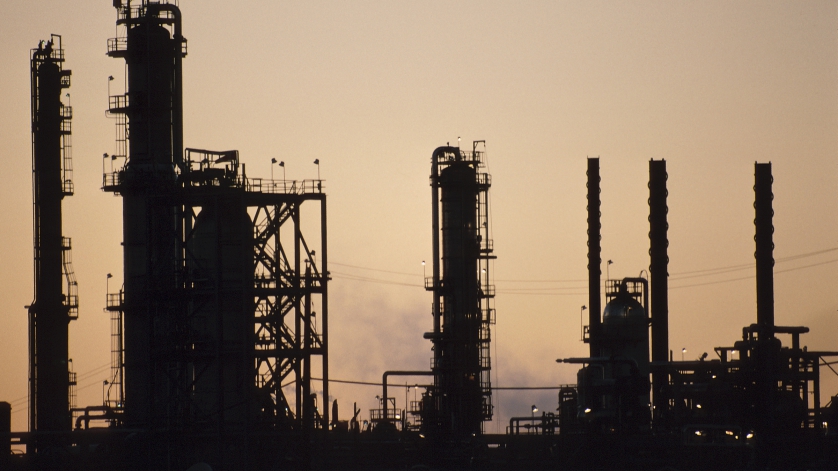
Workplace safety is the number one concern at any job, but especially so at a refinery or chemical plant where dangerous chemicals and hot steam are stored under pressure. These plants have lengthy safety protocols including constant system monitoring and the wearing of various types of personal protective equipment (PPE). The equipment used at process plants is also designed with a number of safety features including automatic alarms, pressure relief valves, and solid front safety gauges.
Unfortunately, misapplication of pressure gauges is far too common. Misapplications such as the wrong choice of a pressure range, high pressure spikes, fatigue, and heavy vibrations/pulsations are major causes of Bourdon tube ruptures. A Bourdon tube rupture will eject gauge parts and release potentially hot or corrosive media in every direction. This creates a very dangerous situation for the user, especially when using a conventional “open front” pressure gauge. Conventional pressure gauges do not offer any protection to the users in such events and often cause injuries.
WIKA’s Solid Front Pressure Gauges
Solid front safety gauges are designed to protect users and prevent accidents. The solid front gauge is reinforced at the front, providing a blow-out back safety case design. A solid partition wall between the front of the gauge and the Bourdon tube system will redirect the released energy to the back of the gauge in which the blow-out back of the safety case design redirects any lose parts or media to exit through the back of the gauge. Solid front design gauges have become standard safety equipment at most modern process plants. This type of gauges reduces the risk of getting injured if a gauge is misapplied.
WIKA’s Solid Front Design Meets ANSI B40.100
All WIKA solid front design gauges meet ANSI Standard B40.100, which includes a reinforced front and a “blowout back.” Either of WIKA’s Direct Drive 232.34DD or the XSEL, for example, includes a solid front and blowout back, in addition to a turret-style case with built-in rear flange lugs to allow space for the blowout back to come off when mounted against a surface.
Making sure that all of your gauges are solid front pressure gauges is an easy way to maximize workplace safety. Contact WIKA to find out how safety engineered solid front design gauges can protect your employees and create a safer workplace.


It’s important to keep people and the work environment both safe. And I agree that safety is not easy when the situation is really tough and prone for danger. What must have done for the both parties is that secure the people and the place so that everyone will be in good condition.
I wonder if it’s safe to install pressure gauge in away that people will have to stand behind the gauges. is it genuine concern that
the blow-out back might pose risk?
thanks
Hello Ibrahim,
Yes, you are correct. Most pressure gauges, especially the ones that come with certain safety features (blow-out-back, pressure-relief plug etc.) are designed to protect the personnel when reading the gauge. You want to make sure that if it comes to a rupture of the Bourdon tube the energy, media-release and the release of components are diverted to the back of the gauge. Some safety design gauges actually come with a solid metal wall that separates the front of the gauge from the pressure system and all the energy is released to the back of the gauge. In your case, if you always have personnel located behind the gauges you might want to consider to reverse the installation of the pressure gauge so that the front of the gauge is facing the personnel.
Thanks,
Hardy